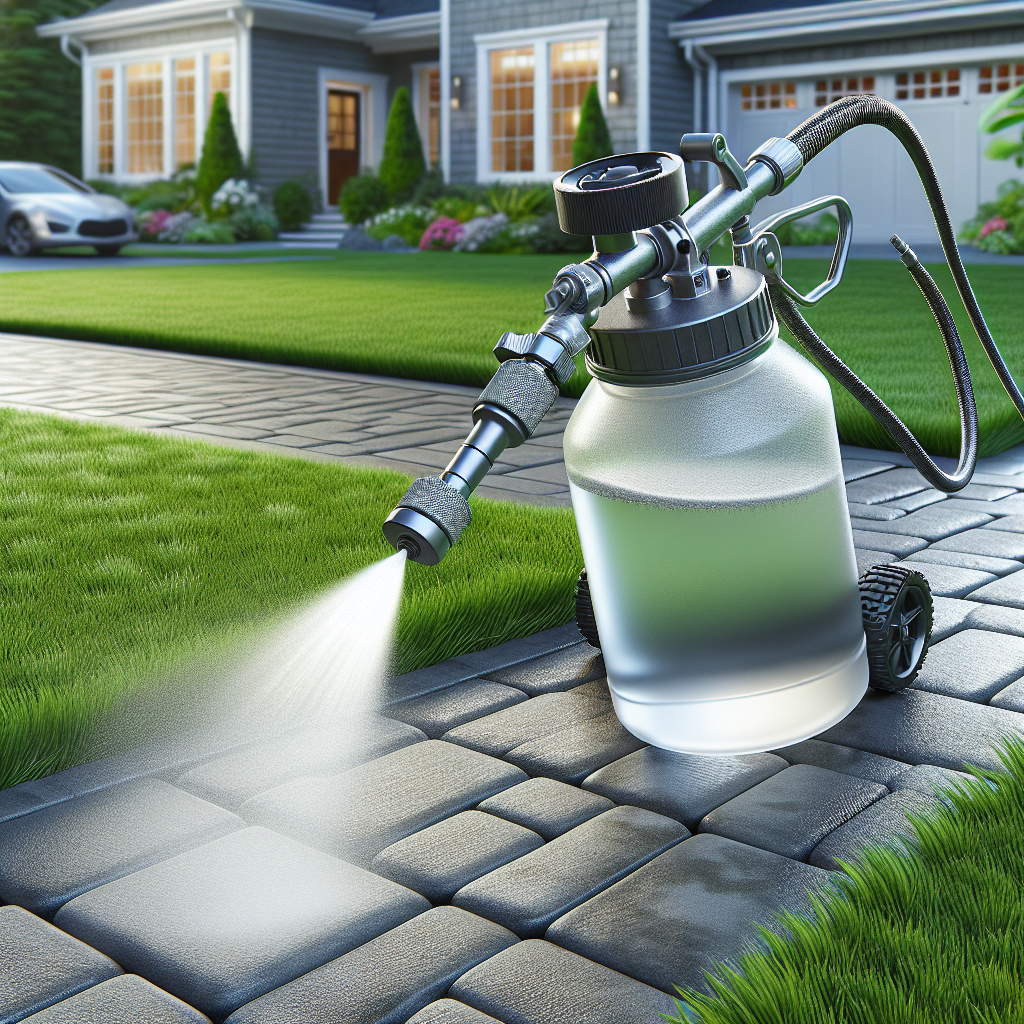Introduction
Garden sprayer work plays a crucial role in maintaining healthy plants, controlling pests, and ensuring vibrant growth. Whether you’re a seasoned gardener or a beginner, understanding how to use a garden sprayer effectively can save time, reduce chemical waste, and protect your plants. This article dives deep into the essentials of garden sprayer work, covering types of sprayers, proper usage techniques, safety measures, and maintenance tips. By the end, you’ll gain expert insights to optimize your garden spraying tasks with confidence and precision.
Understanding Different Types of Garden Sprayers
Choosing the right sprayer is fundamental to effective garden care. There are several types of garden sprayers, each suited for different tasks:
Handheld Pump Sprayers
- Ideal for small gardens and spot treatments.
- Easy to use, lightweight, and portable.
- Best for applying herbicides, insecticides, or foliar feeds on limited areas.
Backpack Sprayers
- Suitable for medium to large gardens.
- Allows for extended spraying with less fatigue.
- Provides consistent pressure for even application.
Hose-End Sprayers
- Attach directly to a garden hose.
- Useful for watering and applying liquid fertilizers over larger areas.
- Easy to adjust dilution rates.
Motorized Sprayers
- Designed for extensive landscaping or commercial gardening.
- Offers higher pressure and longer reach.
- Requires more maintenance but provides professional-grade results.
Choosing the right sprayer depends on your garden size, type of treatment, and frequency of use.
How to Use a Garden Sprayer Effectively
Proper technique ensures that plants receive the right amount of treatment without waste. Follow these expert tips:
Prepare the Solution Correctly
- Always read and follow the product label instructions.
- Mix chemicals in a well-ventilated area using clean water.
- Use recommended protective gear to avoid exposure.
Apply at Optimal Conditions
- Spray during calm weather to prevent drift.
- Early morning or late afternoon is best to avoid sunburn on plants.
- Avoid spraying before rain to prevent chemical wash-off.
Maintain Even Coverage
- Hold the sprayer nozzle at a consistent distance (usually 12-18 inches) from plants.
- Use a sweeping motion to cover leaves evenly.
- Avoid over-saturating to prevent runoff and root damage.
Clean Sprayer After Use
- Rinse thoroughly with clean water to prevent clogging.
- Run clean water through the nozzle and hose.
- Store in a dry, sheltered place.
Safety Precautions for Garden Sprayer Work
Safety is paramount when handling chemicals and equipment. Follow these guidelines:
- Wear protective clothing: gloves, goggles, masks, and long sleeves.
- Never mix different chemicals unless specified safe.
- Keep sprayers and chemicals away from children and pets.
- Dispose of leftover chemicals according to local regulations.
- Wash hands and exposed skin immediately after spraying.
Maintenance and Troubleshooting Tips
Regular maintenance extends the life of your garden sprayer and ensures consistent performance.
- Inspect seals and gaskets regularly for leaks.
- Clean filters and nozzles to avoid blockages.
- Lubricate moving parts as recommended by the manufacturer.
- Replace worn or damaged components promptly.
- Calibrate sprayers periodically to ensure accurate application rates.
Conclusion
Mastering garden sprayer work enhances your gardening efficiency and promotes healthier plants. By selecting the appropriate sprayer, applying treatments carefully, adhering to safety protocols, and maintaining your equipment, you ensure effective pest control and plant nourishment. Remember, thoughtful spraying not only protects your garden but also the environment. Embrace these expert strategies to transform your garden care routine and achieve lush, thriving greenery year-round.
